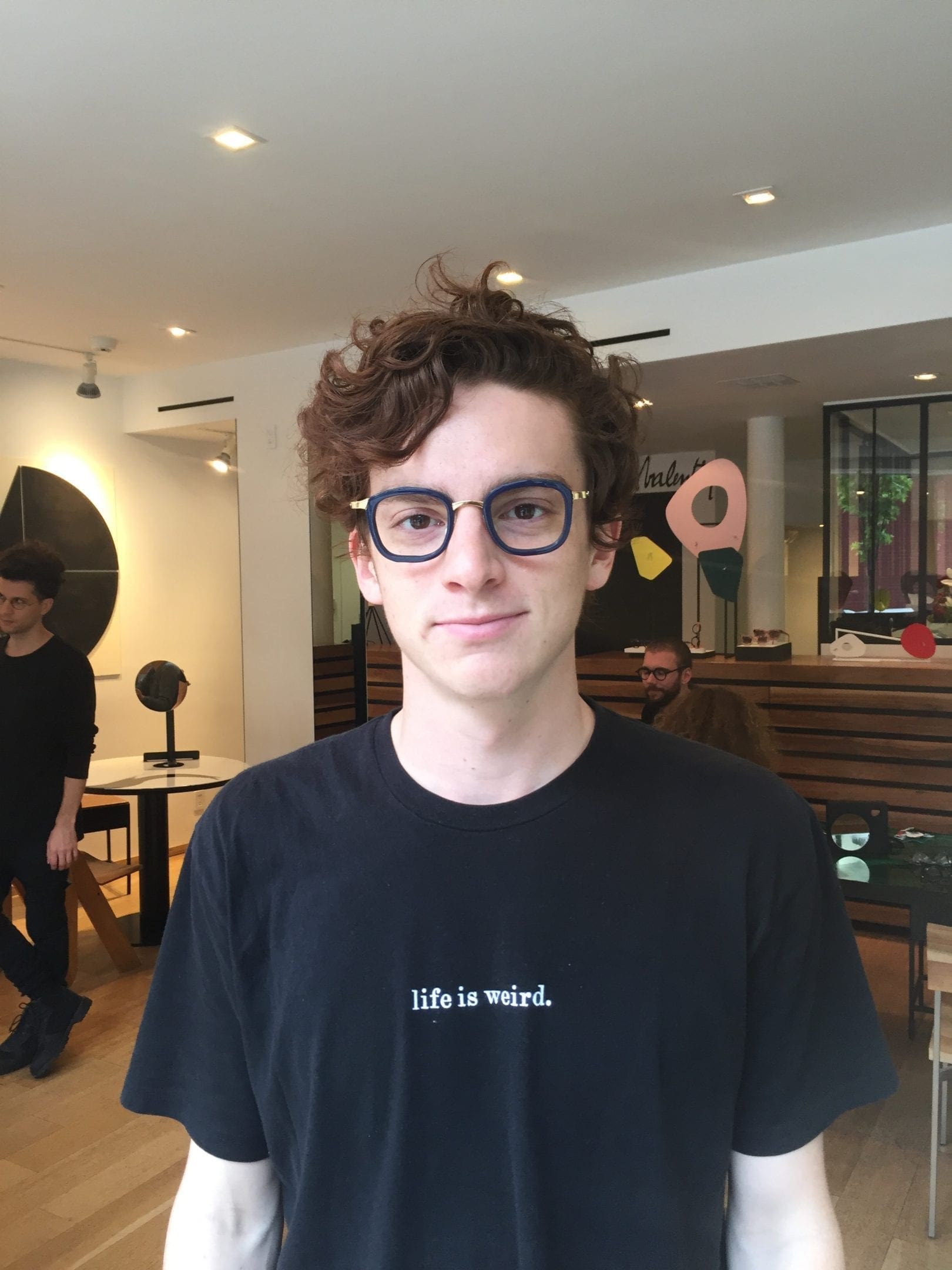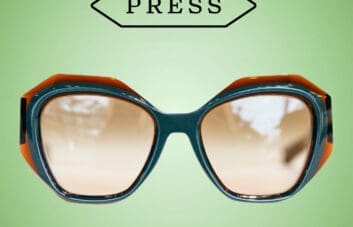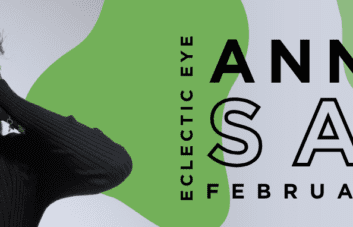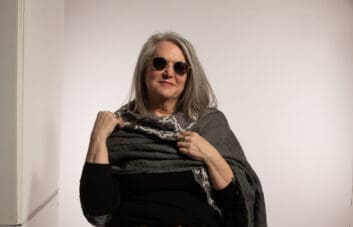Something became evident to me as I reflected on a trip I took earlier this summer to New York City. Shopping has subconsciously become a way for humans to explore a city. When we think of touring a city, we usually think of visiting the culturally significant landmarks and museums or consuming local foods. I think it’s becoming more and more common to visit a place with the main intention of simply buying things, and hopefully gleaning some information about the city along the way. This recently happened to me in a most subconscious way. Long story short, the friend I was supposed to stay with the first two days in NYC wasn’t going to make it back until Sunday night, but I was arriving Friday afternoon. I ended up finding another place to stay in SoHo at a New York University apartment. During my search for a place to stay until my friend came back, I came across these amazing apartments for rent. As great as they looked, I don’t think I would’ve been able to rent it for a couple of days so I settled on the University apartment instead. Who knows, maybe I will decide to move here permanently in the future, and if this is the case, I know where I’ll be looking if I need an apartment but then again I’m experienced in apartment hunting now so I may just use sites like Atlas instead and move away from the city. In the meantime, I needed something to do to pass the time. So this left me essentially alone to explore the city for two days-something I was oddly looking forward to. Friday night I met up with some friends I wasn’t expecting to see, and they showed me around a few SoHo dance bars. The next morning called for some Lox as a hangover cure. Then, I had the day to myself, and I decided to spend it the only way I knew how-by satisfying my compulsion for cool ass eyewear. I was in New York after all-the consumer capital of the world. So, this is what I learned from visiting three cool boutiques and not actually buying a thing.
Cutler and Gross
The first boutique on my list was Cutler and Gross. It just happened to be the closest on Google Maps. I had seen this line on Instagram before but never in person. The store was only a few blocks away on Mercer Street, but it was hot and sunny. I couldn’t see my phone screen through the glare, and I was sweating my tail off. After wandering up and down the same block a few times, I finally spotted a few black awnings with the logo on them. The awnings hovered over a discreet staircase that led down into what appeared to be a basement. A glass door guards more steps that take you into the cave. The black, gloss tile floor sinks from the white walls stacked high with bold acetate frames in all different colors. It was the definition of a showroom and one thing was immediately clear-these frames were rare in the age of Luxottica. Material, color and shape were the distinguishing elements. I was drawn to their acetate frames, as they appeared unapologetically their own. They weren’t overly classic, nor did they seem cutting edge or avant-garde. To me, Cutler and Gross tweaks color and shape to fit within the context of the present-the culture of the time. They were fun to try on, and I found some heavy blue Aviator sunglasses that fit perfectly. The acetate was light, the lines were sharp, and the colors were intentional. The line gives a feeling that everyone who’s anyone would be wearing it, but fashion blogs like this one wouldn’t be able to put their finger on what it was. There is no “in your face” brand or label that distinguishes this line, which has been worn by Princess Diana at the Grand Prix and later Julia Roberts in Notting Hill (my first exposure to anything British). It is a quiet, graceful line that doesn’t require any ostentatious labels because-if you know, you know.
Mykita
While Cutler and Gross was the discovery of something new to me, Mykita was the rediscovery of something old. I first encountered this line a few years ago on a trip to the eyewear trade show in NYC with my parents. I remember being awed by how they formed metal into any 3D shape necessary. To me, it was unique in every way. Mykita’s independence comes from technical innovation and aesthetic design. The store is tucked away on Crosby Street. Like Cutler and Gross, you have to be looking for it to find it. It is minimalist in design, not in an unnecessary sense but in an engineered sense-to showcase the line. Each frame sits on its own shelf, like a stage. The opticians encourage you to pick them up and try them on, because to truly appreciate a Mykita frame, you have to get close to it. While Mykita has won plenty of awards, I still don’t think they get enough credit for solving some of the age-old problems with eyewear. Opening and closing the spiral hinge is cool and unusual at first, but to see the genius behind it, you have to really wear the frame. The hinge doesn’t loosen over time and there is no screw that slowly strips. The temples fold out the same exact way every time you put on the frame. The strength from this spiral hinge design doesn’t allow the frame to bend to the will of the world; therefore, the Mykita frame is one that rarely needs adjustment. I browsed the classic styles and then some of the newer collections. Their LESSRIM collection is a successful experiment in shape and technology. The frames are seemingly rimless with no lens perforations, which from a distance, appears almost impossible. A thin stainless steel rim is hidden within the lens groove, leaving a subtle yet evident outline that highlights each frame’s shape. I also found the Mykita + Maison Margiela collection very fascinating. As two fashion houses focused on experimentation with construction and material, it’s not all that surprising that they would end up doing a collaboration. The definitive frame of this collection is the ECHO. It’s a feminine cat-eye shape with a sun visor that wraps around the top of the frame and become the temples. The visor and temples are 3D printed with Mykita’s proprietary Mylon material. This is a cutting-edge 3D printed nylon process that allows Mykita to work outside the confines of traditional materials and shapes. It gives them not only more creative freedom, but also a material that is extremely lightweight and strong. The material can flex, but it will hold its original shape. This means the frame can’t be adjusted to fit, but I found a few that fit my huge head and weird bridge, so they should fit most people. Mykita is a modern company in every sense of the word, and my visit to the store in SoHo affirmed that. It’s easy to see why Elton John picked up a Mykita frame to put some of his signature tinted lenses in; he won’t have to adjust it on his final tour this year, and he’ll go into retirement looking cool as hell.
Anne et Valentin
My next excursion was to the Anne et Valentin store on Prince Street. Anne et Valentin is a line I have known since before I knew anything about eyewear. It has been a hand-crafted quirky staple in Eclectic Eye for as long as I can remember. These are frames for the individual, and the store on Prince Street exemplifies that. Like Cutler and Gross and Mykita, it is tucked away as if it does not want to be found, but the similarity stops there. There are no in-your-face minimalism design elements in this store and they don’t have shelves of frames to showcase and dazzle. The store is a small space that feels much more like a living room or maybe a dining room in a nice apartment. It’s a little more comfortable and familiar. If Cutler and Gross echoed London’s pop culture, and Mykita pointed toward Berlin’s industriousness, then this store represented the easy luxury of the French. After being in these other environments all day, I was a bit confused. An optician must have recognized the lost face of someone who’s been railroaded with minimalism all day long. She approached me and asked if I’d like to take a seat while she picked out some frames for me. Relieved and coming to my senses, I sat down, and she disappeared down a hallway. She returned after a few seconds with a few frames on a tray. To my surprise, she didn’t only bring back Anne et Valentin, which I had expected considering I just walked into a store that had an Anne et Valentin sign out front. She had a tray full of Theo frames, Jacques Marie Mage frames and frames from a line I had never heard of before called Masahiro Maruyama. Anne et Valentin has perfected the round shape in my opinion, building elegant details into it. Theo is special for me because the first pair of frames I ever had were Theo. I picked out some cool Harry Potter like frames that I thought might give me the power to make a wooden stick light up. Looking back, I don’t know why my parents trusted me with a nice pair of frames to take to summer camp, but they did, and I took care of them. Theo’s frames are for the individualist, possibly even the eccentric. Shape and color distinguish them from anything on the market; the independence is palpable. The next line she showed me was Jacques Marie Mage, which was exciting and insane, and I will be writing about it in a separate post. For now, I want to talk about Masahiro Maruyama. Unlike the others, this was a line l had never seen or heard of before. I put on a gold metal frame with thick blue acetate around the lens. It was difficult to tell whether that shape was square or round. It looked kind of like a combination or an asymmetrical circle. From a distance, they look like awesome, unique frames, but up close you can see every element of the design process highlighted. The roundish, square shape is broken down into many individual lines; it looks naturally incomplete, not intentionally deconstructed. The whole deconstruction trend is still interesting but it’s not really original anymore – it seemed like a lot of restaurants in New York had some sort of deconstructed dessert on the menu. The Masahiro Maruyama line looks like the frame is constructed directly from a hand-drawn sketch, with every imperfection of the creative process proudly on display.
This was the day in New York that I was really looking forward to. It was fun. Whether we like it or not, the act of shopping is becoming an increasingly common way for us to interact with cities. I enjoyed this day of my trip so much, and yet I can’t help thinking that it took away from the possibility of exploring other parts of the city that I haven’t seen before. Maybe places that have previously been hidden from me or places I have sheltered myself from. In any case, I hope that if you choose to explore a city by its shops, you’ll choose independent stores and boutiques that showcase products that say something about the neighborhood and people around them.
By: Eli Weinberg




